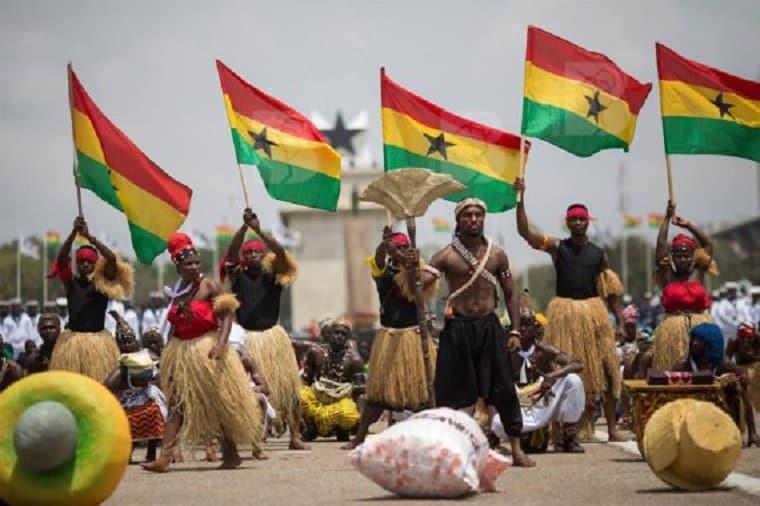Unveiling the Rhythm of Ghana: Exploring the Vibrant Ghanaian Dance Scene
| Dance Style | Origin | Purpose |
|---|---|---|
| Agbadza | Ewe peopel of Volta region | Rituals, festivals, storytelling |
| Adowa | Akan people of Ashanti region | Court performances, warrior dances |
| Kpanlogo | Ga people of Greater Accra region | Social gatherings, storytelling, courtship |
Origins and Cultural significance of Ghanaian Dance
Table of Contents
Ghanaian dance is deeply rooted in the country’s rich history, spirituality, and cultural traditions. It dates back centuries and has evolved over time,embodying the essence of Ghana’s diverse ethnic groups. Each dance style carries unique cultural significance and is often performed during festivals,ceremonies,and social gatherings.
For many Ghanaian tribes, dance serves as a form of cultural expression, connecting people to their past and preserving ancestral customs. It’s also an integral part of religious rituals, paying homage to deities and invoking blessings. Moreover, dance is a means of storytelling, with each movement conveying messages and narratives that have been passed down through generations.
Vibrant Styles of Ghanaian Dance
Ghana boasts a wide array of dance styles, each with its own distinct rhythm, choreography, and cultural nuances. Some of the most popular styles include:
- Adowa: A graceful and majestic dance performed by the Akan people. It’s characterized by smooth, flowing movements and intricate footwork.
- Kpanlogo: A lively and energetic dance originating from the Ga people. It features fast-paced, syncopated rhythms and energetic body movements.
- Agbadza: A ritual dance of the Ewe people, performed in honor of their gods. It’s known for its vibrant drumming and elaborate costumes.
Ghanaian Dance on the World Stage
The captivating rhythm and infectious energy of Ghanaian dance have earned it worldwide recognition. In recent years, Ghanaian dance companies have toured the globe, showcasing their artistry and preserving their cultural heritage. This exposure has not only raised awareness of Ghana’s vibrant dance scene but has also inspired collaborations with international artists and dancers.
Moreover, Ghanaian dance has found its way into popular culture, influencing music videos, dance competitions, and even Broadway shows. Its unique rhythms and movements continue to captivate audiences worldwide and promote a deeper recognition for Ghana’s rich cultural traditions.
Experiencing Ghanaian Dance as a Tourist
If you’re planning a trip to Ghana, experiencing the vibrant dance scene is a must. Here are some tips to make the most of it:
- Attend a traditional festival or ceremony where you can witness authentic Ghanaian dance performances.
- Visit a dance studio or cultural center to learn the basics of different dance styles and interact with local dance instructors.
- Support local dance companies by attending their performances or workshops.
- Respect the cultural significance of the dances and dress modestly when attending performances.
Conclusion: The Enduring Legacy of Ghanaian Dance
The rhythm of Ghana continues to reverberate throughout the world, showcasing the country’s rich cultural heritage and creative spirit. Whether performed in traditional festivals, on international stages, or as a symbol of national pride, Ghanaian dance remains a vital part of the country’s identity and continues to inspire and enchant.

